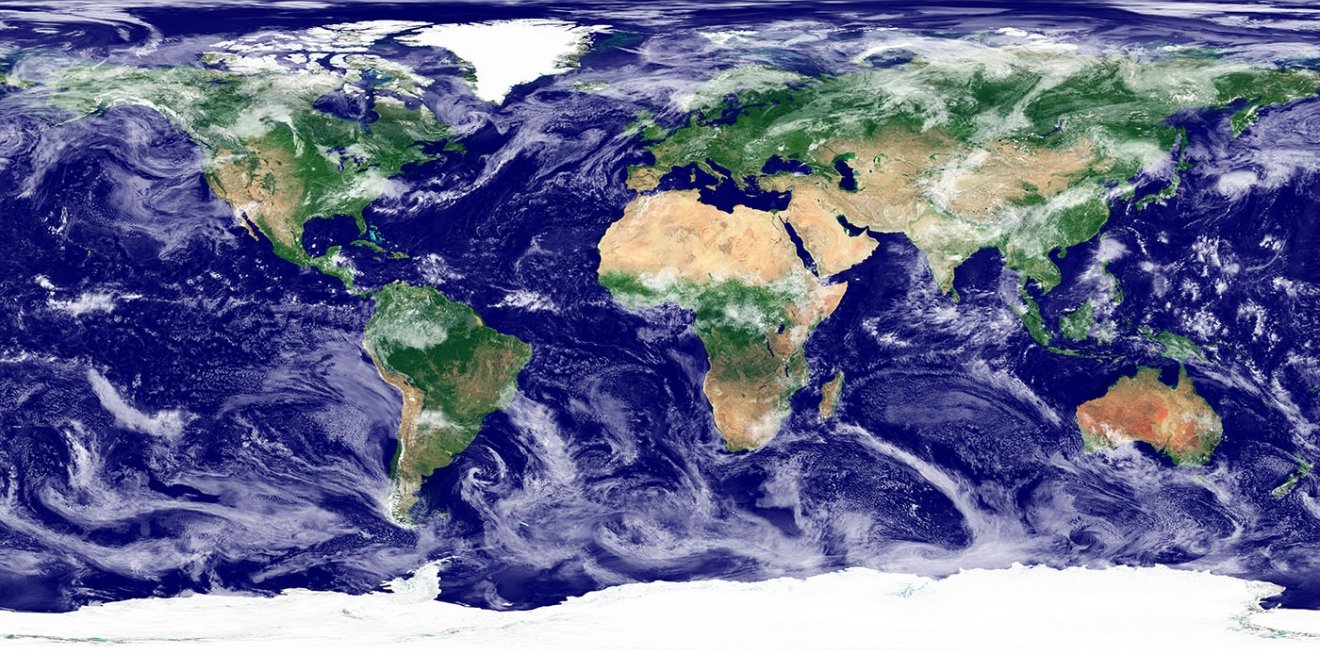
A blog of the Kennan Institute
The year 2022 has witnessed an avalanche of conflicts in Europe and northern Eurasia triggered by Putin’s decision to launch a large-scale war against Ukraine. Many old and recent conflicts, most not addressed by the project of Greater Europe, which was supposed to stretch from Lisbon and Dublin to Vladivostok, have returned to change the life of European societies and of the nations that aspire to be European. The chain reaction set off by the invasion has destroyed the system of deterrence of international and internal political conflicts—and so, as 2022 draws to a close, we see the continuing fragmentation and militarization of the space that was expected to be “Greater Europe,” a region of peace and cooperation.
Triggered by Russia’s invasion of Ukraine, militarism—a way of thinking and acting that understands military ends and means as the political and socioeconomic norm—seems to be becoming the Zeitgeist redefining the Old World’s understanding of its geography and recent history. As Ukrainian force commander-in-chief General Valery Zaluzhny rightly stated, this war started in 2014, and the massive Russian invasion was just the next step in the almost nine-year-long military conflict. But with this step, Ukraine’s war zone has become the epicenter of the region’s reconfiguration.
As we approach the end of 2022, it is crystal clear that Europe is caught within at least three rings of militarization. In the first, local ring, the war unleashed against Ukraine has proliferated into neighboring countries. In the second ring, frozen conflicts melt, while simmering conflicts flare up with renewed vigor. And in the third ring, which spans northern Eurasia, countries that react to or participate in the deepening and protracted Russia-West antagonism are encountering new political and socioeconomic realities, with new risks and struggles.
Three Rings
In the first ring are Belarus and Russia’s southwestern regions. The Belarusian government has allowed the Kremlin to use its terrain to launch attacks on Ukraine since February 2022. In recent months, Minsk has increased its army units and invited more Russian troops onto Belarusian soil. On October 20, 2022, because of growing military incidents on Russian soil, President Putin was forced to increase the alert levels nationwide. A “basic readiness level” is in effect for all Russia, a “high readiness level” for the central and southern federal districts, and a “medium response regime” in all Russian regions bordering Ukraine. Here the militarism is directly connected to the war in Ukraine and its cross-border spread.
The second ring includes countries with their own conflicts that have the potential to restart. It might be Moldova, on whose soil Russian missiles fell; the frozen conflict in Transnistria has never been resolved. The Azerbaijan-Armenia conflict has expanded beyond Karabakh and spread deeper into Armenia this year. Clashes in Central Asia have taken increasingly more lives in 2022. The old Balkan conflicts definitely feel the injection of a new militarist inspiration. The militarist spirit nurtures old wounds in that limbo of Europe and northern Eurasia.
In the third ring around Ukraine’s war zone we find the rest of European and northern Eurasian societies. Militarism changed the political preferences of European societies and in some cases, such as Italy and Sweden, swept far-right political parties into leadership positions. The instability of many European governments was linked to the war in Ukraine, making the government turmoil in the UK only one of the most striking examples.
Another militarist influence can be seen in the competition in the EU as to which country will have the biggest European army, Poland, France, or Germany. The European and Eurasian economies have been hard-hit by the Russian war in Ukraine and by the anti-Russian sanctions. The launch of the war has also reverberated in the Russian regions that are far from the war zone as they enter the waters of deeper social conflicts and political polarization, leading to the view that Putin’s regime is destabilizing the economy and society.
Reframing a Future Europe
The ongoing war has deeply changed how we understand peace, war, and the political geography of the world we live in. The former geopolitical periphery is more and more central, while the ex-core follows the trends set by newly emboldened nations.
The current crisis surrounding the idea of Europe shows that we indeed became deeply integrated in the last thirty years. It also teaches us lessons. One of them is that the future project of a united Europe will have to seriously address the sources of inter- and intranational conflicts and build institutions able to resolve or prevent them in a timely manner.
Future Europe will thrive only if it looks not only to successful urban communities, such as those found in Lisbon, Dublin, or Vladivostok, but also to places of ongoing troubles. Thus the new Greater Europe must be the region from Belfast, which risks falling back into dark days, to Magadan, once the capital of Stalin’s gulag system. Future Europe must be a place of vigilant peace and a seasoned, robust liberal democracy.
The opinions expressed in this article are those solely of the author and do not reflect the views of the Kennan Institute.
Author


Kennan Institute
The Kennan Institute is the premier US center for advanced research on Eurasia and the oldest and largest regional program at the Woodrow Wilson International Center for Scholars. The Kennan Institute is committed to improving American understanding of Russia, Ukraine, Central Asia, the South Caucasus, and the surrounding region through research and exchange. Read more

Explore More in Focus Ukraine
Browse Focus Ukraine
Talking to the Dead to Heal the Living

Ukrainian Issue in Polish Elections


